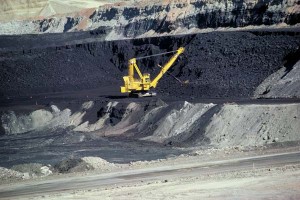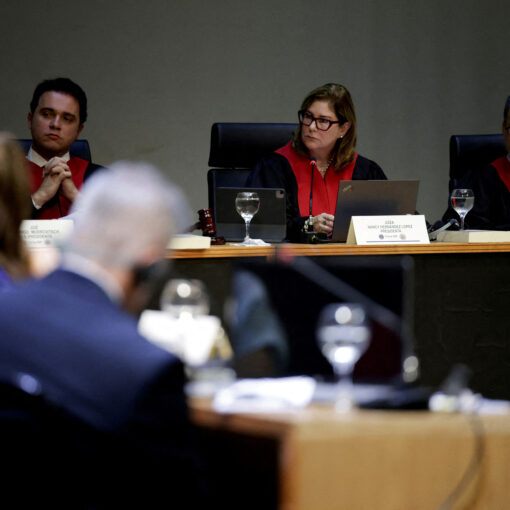Jennifer M. Klein, Esq.
Associate Director & Fellow
 A federal judge in Colorado has vacated a permit to expand a coal mine in New Mexico, finding that the agency approving the permit failed to consider the mercury pollution that would be released into the air when the coal is burned at a nearby power plant. While this case deals with the local environmental impacts of mercury pollution, it bears on federal agencies’ obligation to consider the climate impacts of fossil fuel extraction.
A federal judge in Colorado has vacated a permit to expand a coal mine in New Mexico, finding that the agency approving the permit failed to consider the mercury pollution that would be released into the air when the coal is burned at a nearby power plant. While this case deals with the local environmental impacts of mercury pollution, it bears on federal agencies’ obligation to consider the climate impacts of fossil fuel extraction.
The Navajo Mine, located on a reservation in New Mexico, is the sole supplier of coal to the Four Corners Power Plant. In 2005, the mine operator, the Navajo Transitional Energy Company (NTEC)[1], sought to expand the mine’s operations and submitted an application for a revised permit to the Office of Surface Mining Reclamation and Enforcement (OSM). Pursuant to its obligations under the National Environmental Policy Act (NEPA), OSM completed an Environmental Assessment (EA) for NTEC’s permit revision application. OSM concluded that the proposed mine expansion would not have a significant impact on the environment and granted NTEC’s application.
Two environmental organizations challenged the permit approval in federal court, and in 2010, the court remanded the application to OSM. NTEC submitted an application for a slightly more modest expansion of the Navajo Mine, and OSM again approved NTEC’s application after issuing another final EA concluding that the expansion would not significantly impact the environment. OSM reached this conclusion despite the fact that the proposed expansion would allow the Four Corners Power Plant to burn an additional 12.7 million tons of coal over the life of its supply contract with NTEC.
In 2012, environmental organizations once again challenged OSM’s approval of the expansion. This March, Judge John L. Kane issued an order in the case, Diné Citizens Against Ruining Our Environment et al. v. Office of Surface Mining Reclamation and Enforcement et al., No. 12-cv-1275 (JLK) (D. Colo.), finding that OSM’s NEPA review was inadequate, because the agency had failed to consider the combustion-related effects of expanding the Navajo Mine as reasonably foreseeable indirect impacts of the mine expansion. Specifically, additional mercury from burning more coal at the Four Corners Power Plant could affect threatened and endangered species in the area. This month, Judge Kane issued an order vacating the permit while OSM once again reconsiders the environmental impacts of the mine expansion. Judge Kane stated that vacating the permit is necessary to ensure that compliance with NEPA does not “become a mere bureaucratic formality.”
While Diné deals with the environmental impacts of mercury pollution, Judge Kane’s logic should apply with equal force to greenhouse emissions from coal combustion. Where increased extraction of fossil fuels will predictably lead to combustion of those fossil fuels, the resulting emissions are a reasonably foreseeable indirect impact of the extraction and should be considered in environmental impact review. However, opponents of this theory will argue that the Navajo mine situation is unusual in that all its coal goes to a single power plant, and therefore its air pollution can readily be traced.
NTEC has appealed the district court’s decision, and the Sabin Center will continue to follow this case as it is considered by the United State Court of Appeals for the Tenth Circuit.
[1] At the time of the challenged permit revision application, the Navajo Mine was leased by BHP Navajo Coal Company (BHP). NTEC purchased 100% of BHP’s interests to the Navajo Mine in 2013.




